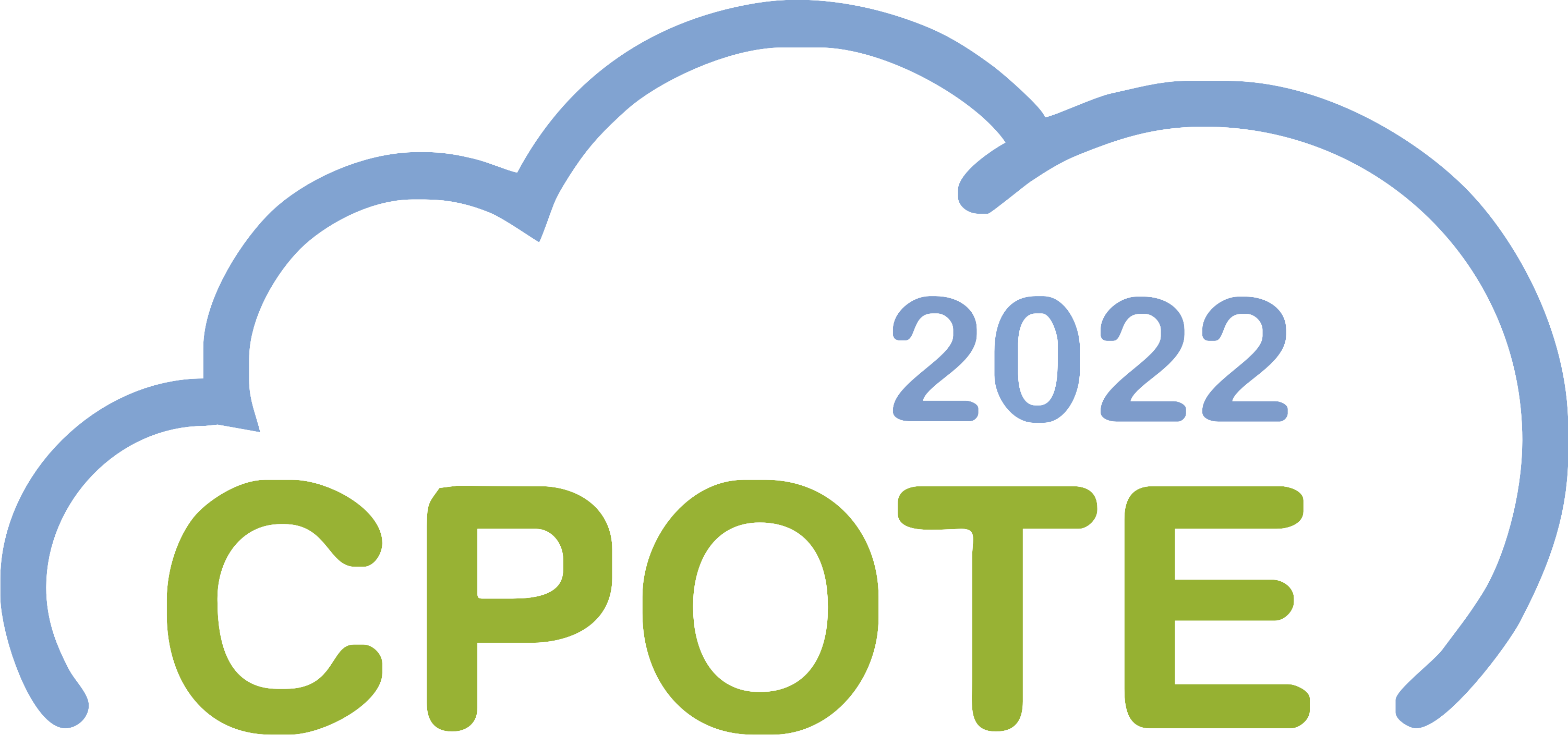
CPOTE2022
7th International Conference on
Contemporary Problems of Thermal Engineering
Hybrid event, Warsaw | 20-23 September 2022
7th International Conference on
Contemporary Problems of Thermal Engineering
Hybrid event, Warsaw | 20-23 September 2022
Abstract CPOTE2022-1137-A
Book of abstracts draft












Thermodynamic analysis of the blast furnace process under the conditions of top gas recirculation and high oxygen enrichment of the blast
Daniel MICHALSKI, Silesian University of Technology, PolandMarcin SZEGA, SILESIAN UNIVERSITY OF TECHNOLOGY, Poland
The blast-furnace process is the dominant technology in worldwide iron metallurgy. The basic fuel in this process is coke. However, coke production is associated with several adverse environmental impacts. The reduction of coke consumption in a blast furnace can be achieved by injection of auxiliary fuels or by changing the parameters of the blast. The recirculation of the top gas into the process after CO2 and H2O removal and the high enrichment of the blast with oxygen are considered to be future technologies conducive to the reduction of coke consumption. The paper presents the influence of the above-mentioned technologies on the operating parameters of the blast-furnace plant. The simulation calculations were performed using the formulated theoretical-empirical mathematical model of the blast furnace plant, including among others blast furnace, Cowper stoves, and top-gas turbo-generator set. The mathematical model of the blast furnace is built based on the mass and energy balances of its separated temperature zones. The balances of the elements C, S, H, O, and N, and also the energy balance equation have been set up separately for the top zone of heat transfer and the lower zone of production together with the thermal reserve zone. Approaching thermodynamic equilibrium makes it possible to apply chemical equilibrium equations to determine the composition of the gas phase in the thermal reserve zone. The balances of elements and the energy balance also for the tuyére zone have been applied. The advanced measurement data validation and reconciliation method to eliminate incompatibilities of selected balances of mass and energy of the temperature zones of the blast furnace for the so-called basic measurement of its raw materials and energy indicators in the steady-state of operation has been applied. The used method of advanced data validation and reconciliation makes it possible to improve the reliability of values assumed as constant in simulation calculations using the mathematical model and to calculate reliable values of empirical coefficients in selected dependencies of the model. The simulation calculations carried out showed a significant saving of coke in the process under top-gas recirculation after CO2 and H2O removal and oxygen enrichment of the blast conditions.
Keywords: Production of steel, Blast furnace plant, Recirculation of top-gas, Oxygen enrichment of the blast, Energy efficiency